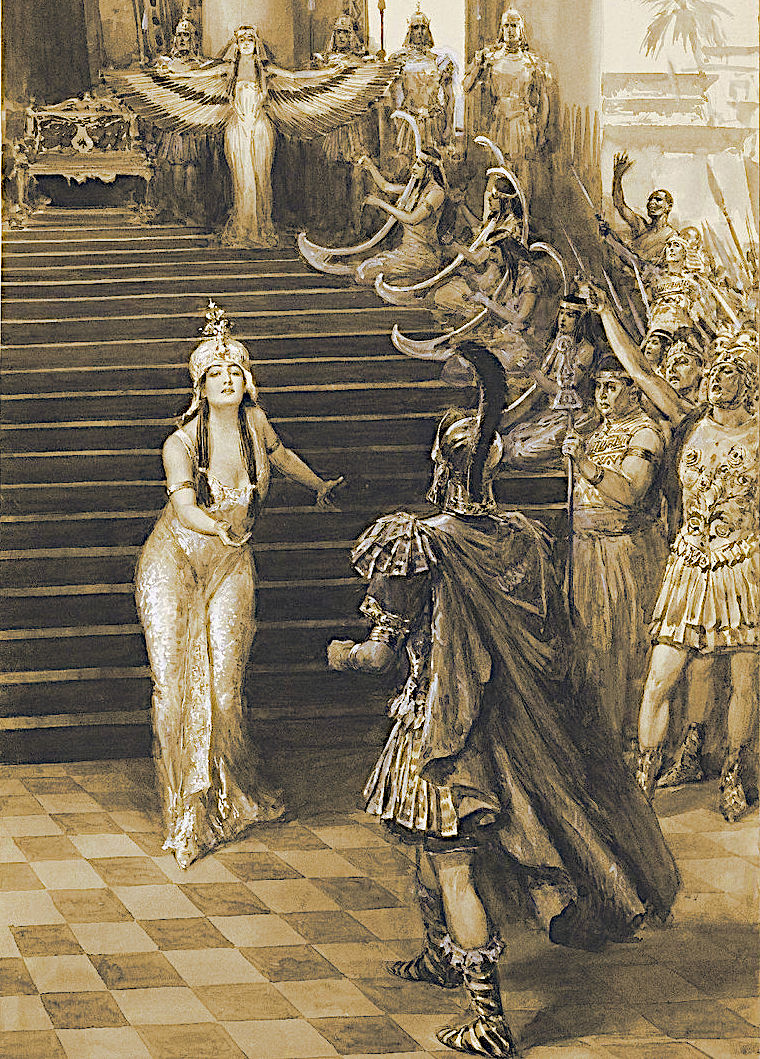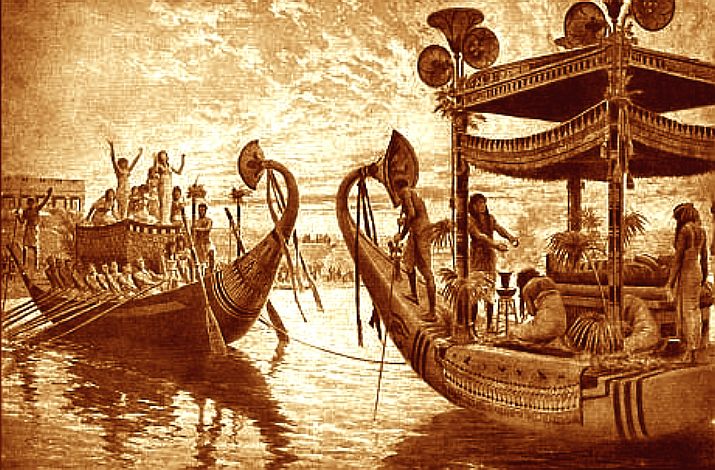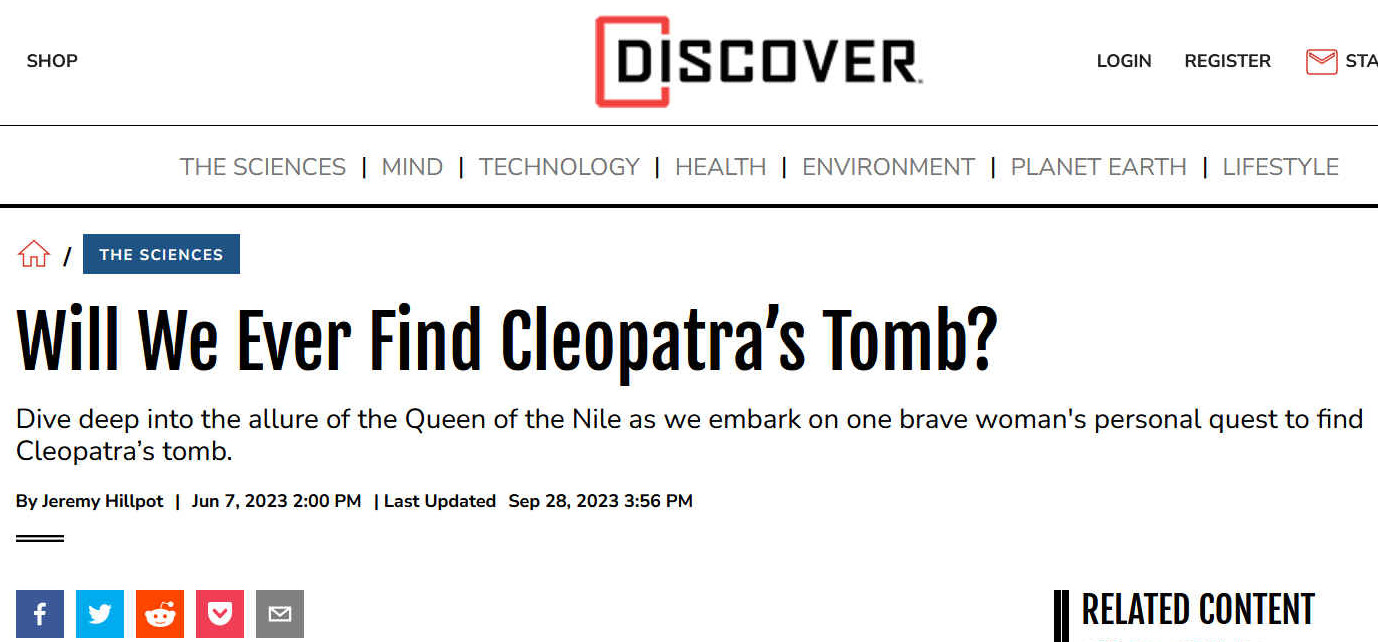
DISCOVERY MAGAZINE 7 JUNE 2023 - WILL WE EVER FIND CLEOPATRA'S TOMB?
Dive deep into the allure of the Queen of the
Nile as we embark on one brave woman's personal quest to find
Cleopatra’s tomb.
Renowned for her intellect, political strategy and irresistible charm, Cleopatra was also the lover of
Julius Caesar and the mother of his child. She married
Marc
Antony, bearing three of his children as well.
Most importantly, she was the last and most famous queen of ancient Egypt — seen by her people as the human embodiment of Isis, the Goddess of
healing and magic — and according to legend, she took her own life with the
bite of a poisonous snake to escape being captured by Rome.
But of all the mysteries and legends that continue to surround Cleopatra, the greatest is the location of
her
tomb. Countless historians and archeologists have searched in vain to find her resting place — yet no one has discovered her remains.
WHO WAS THE QUEEN OF THE NILE?
Born in 69 B.C., Cleopatra lived at the crossroads of time during the last years of the
Ptolemaic dynasty and the end of the Roman Republic. She ascended to the throne of
Egypt at the age of 18 and ruled with her younger brother,
Ptolemy
XIII.
Of course, she wasn’t just known for being a powerful and intelligent monarch. She was equally famous for her enchantment of
Julius
Caesar and Mark
Antony, by many accounts the two of the most powerful men in Rome at the time.
Because of her immense position of importance — at the intersection of
love, wealth, power, politics and diplomacy — there is perhaps no other person in history to achieve her level of intrigue and allure.
SEARCHING FOR THE TOMB OF ANTONY AND CLEOPATRA
Despite her tremendous importance at the time, no one knows precisely where Cleopatra was buried. History tells us that Mark Antony and Cleopatra were buried together, meaning that the finder of her tomb will also discover Antony — an exciting proposition, indeed.
[Logically, the search is for two royal sarcophagi,
not a mass grave, unless there was a wish to be interred with
her family elsewhere that we know not of, and that could have
been far away. Mark Antony's wishes may also have been a factor]
Most archeologists assume that Cleopatra’s grave is in ancient Alexandria. But this would mean that it’s submerged
underwater. A large portion of ancient Alexandria now lies beneath the
Mediterranean
Sea.
Underwater archeologist Franck Goddio explored the waters around Alexandria extensively in the early 2000s. The goal was not to find Cleopatra’s tomb, and for that matter, no signs of Cleopatra were found — but most mainstream archeologists still believe that the Queen of the Nile lies somewhere inside a watery Alexandrian grave.
Robert Gurval, professor emeritus of classics at University of California, Los
Angeles [UCLA], told LiveScience, "Even if untouched by
human hands, earthquakes and seawater would have buried or submerged it. Her palace is certainly underwater. Maybe her mausoleum, too."
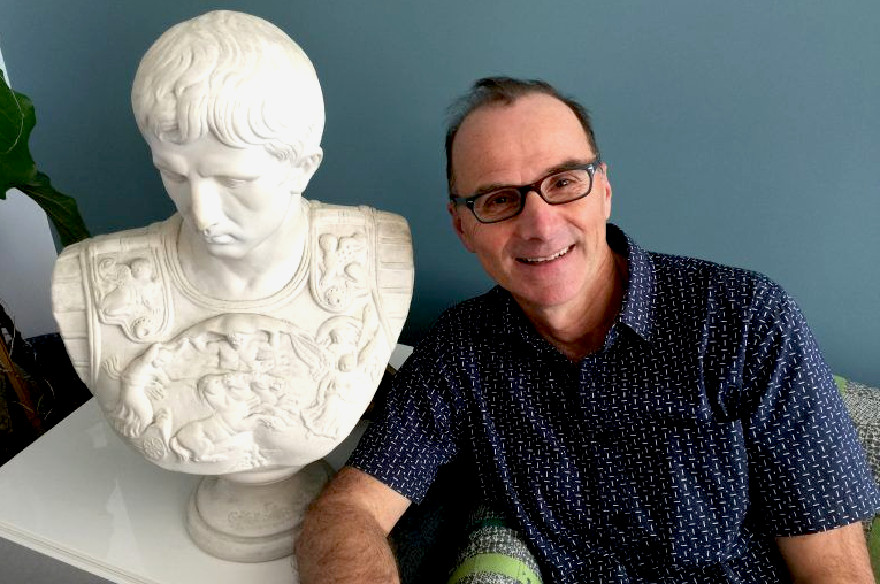
Robert Gurval, is an associate professor of classics in the UCLA College in Los Angeles, California. His interests include Latin literature, ancient biography, Roman numismatics, and the reception of Classics in popular culture. His current project examines the construction of Cleopatra as a myth and image from antiquity to the 21st century.
Cleopatra VII (69–30 bce), “Thea Philopator” (“father-loving goddess”), “Thea Neotera” (“the younger goddess”), and Philopatris (“loving her country”), ruler of Egypt (52–30 bce), as well as of Cyprus (47–30 bce), Libya, and Coele-Syria (37–30 bce), the last ruler of the Macedonian dynasty of the Ptolemies and the best known of all the Cleopatras, was the daughter of Ptolemy XII Neos Dionysos (“the new Dionysos”), nicknamed Auletes (“flute-player”), and of his sister Cleopatra VI Tryphaina, or possibly of an Egyptian noblewoman. She ruled first as co-regent with her father (52–51 bce), then jointly with her younger brother Ptolemy XIII, with the Roman people as guardian as requested in Ptolemy XII’s will. She ruled alone in 51/50 bce until she was exiled by her brother (50/49–48 bce) and re-established by Julius Caesar as joint ruler with Ptolemy XIII, then with her younger brother Ptolemy XIV (48–44 bce). After his death, she ruled jointly with Ptolemy XV Caesar, her son by Caesar.
Cleopatra expanded the Ptolemaic empire through her political alliance and relationship with the triumvir Mark Antony, with whom she had twins, Alexander Helios and Cleopatra Selene (born 40 bce), and Ptolemy Philadelphus (born 36 bce). The territories Mark Antony bestowed upon her led the triumvir Octavian to declare war against Cleopatra. He defeated the army Mark Antony and the queen had mobilized at Actium in 31 bce and annexed Egypt after they committed suicide in 30 bce. The life and legacy of Cleopatra have inspired authors and artists across time, from Egyptian representations to Roman authors, the latter generally constructing a negative image of the queen, and from Boccaccio and Shakespeare to paintings, sculptures, and 20th- and 21st-century movies.
WHERE IS CLEOPATRA'S TOMB?
Fortunately, some archeologists still retain hope, enthusiasm and optimism in their relentless
search for Cleopatra’s
tomb. Since 2009, a criminal lawyer-turned-archeologist — Kathleen Martinez — has channeled all her passion into finding Cleopatra, her personal hero.
[Ours also]
In a recent National Geographic interview, Martinez described Cleopatra as follows: “She threatened Rome and Romans were afraid of her. She thought she could conquer the world. Even though she was a woman. She was a warrior. And she achieved the impossible. This is why she is my heroine and I will do everything I can to find her tomb.”
Taking clues from history — that Cleopatra was likely buried at a temple of Isis — Martinez makes a strong case that Cleopatra wasn’t buried in Alexandria at all. Instead, she believes Cleopatra is at the temple of Isis at
Taposiris
Magna, about a 45-minute drive west of Alexandria.
In another interview with the Daily
Mail, Martinez said, “Cleopatra negotiated with Octavian to allow her to bury Mark Antony in Egypt. She wanted to be buried with him because she wanted to reenact the legend of
Isis and
Osiris. The true meaning of the cult of Osiris is that it grants immortality. After their deaths, the gods would allow Cleopatra to live with Antony in another form of existence, so they would have eternal life together.”
THE TUNNEL TO CLEOPATRA
These perspectives led Martinez to begin excavations at Taposiris Magna, the largest known temple of Siris and Osiris in the vicinity of
Alexandria. Using new technologies like ground-penetrating
radar, satellite imagery, LIDAR, and remote sensing, Martinez has already made astonishing discoveries at the temple.
Since 2009, her digs produced a trove of unexpected relics, multiple
mummies (including one with a golden tongue), statues, jewelry,
coins, pottery and other artifacts. More recently, Martinez discovered a 6.5-foot-tall, 4,300-foot-long tunnel, approximately 43 feet underground at the temple.
HAS CLEOPATRA'S TOMB BEEN FOUND?
Martinez may not have found Antony and Cleopatra (yet), but her journey offers the most promise when it comes to finding Cleopatra’s resting place. As one of the most famous women from ancient history, the finding of her tomb would be an Earth-shattering and history-altering event.
[For sure. Though, we'll never find her if
we stop looking]
In this sense, Martinez’s work has ignited and inflamed our fantasies about the extravagant and alluring life of
Cleopatra, Queen of the
Nile, the powerful
Roman men she loved, and the secrets that lie inside her tomb.
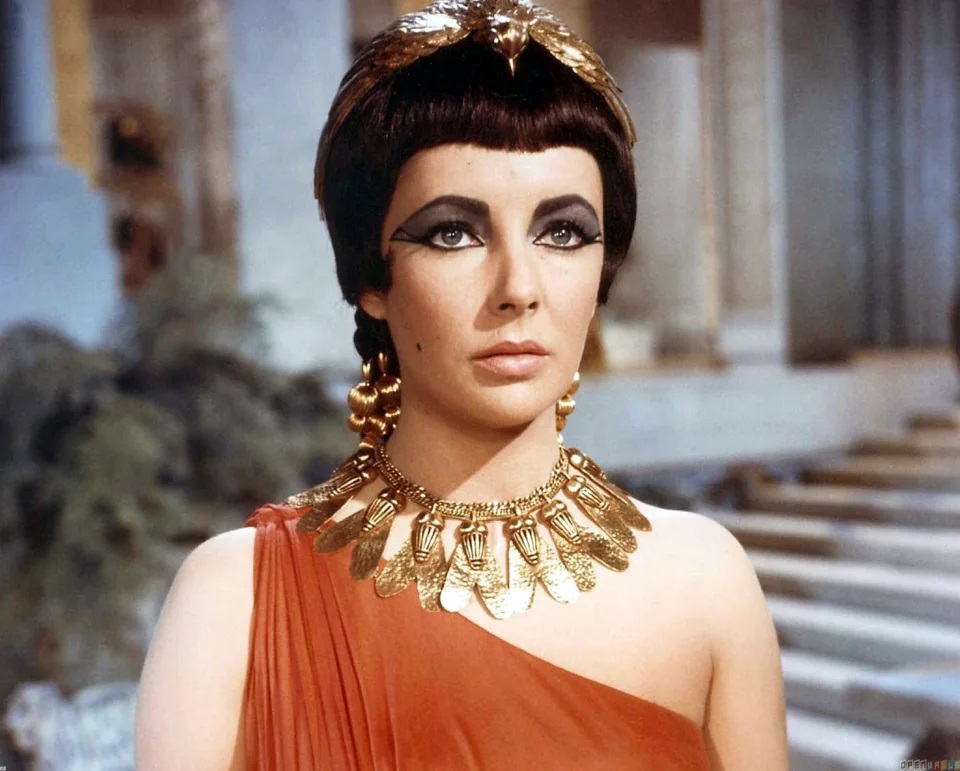
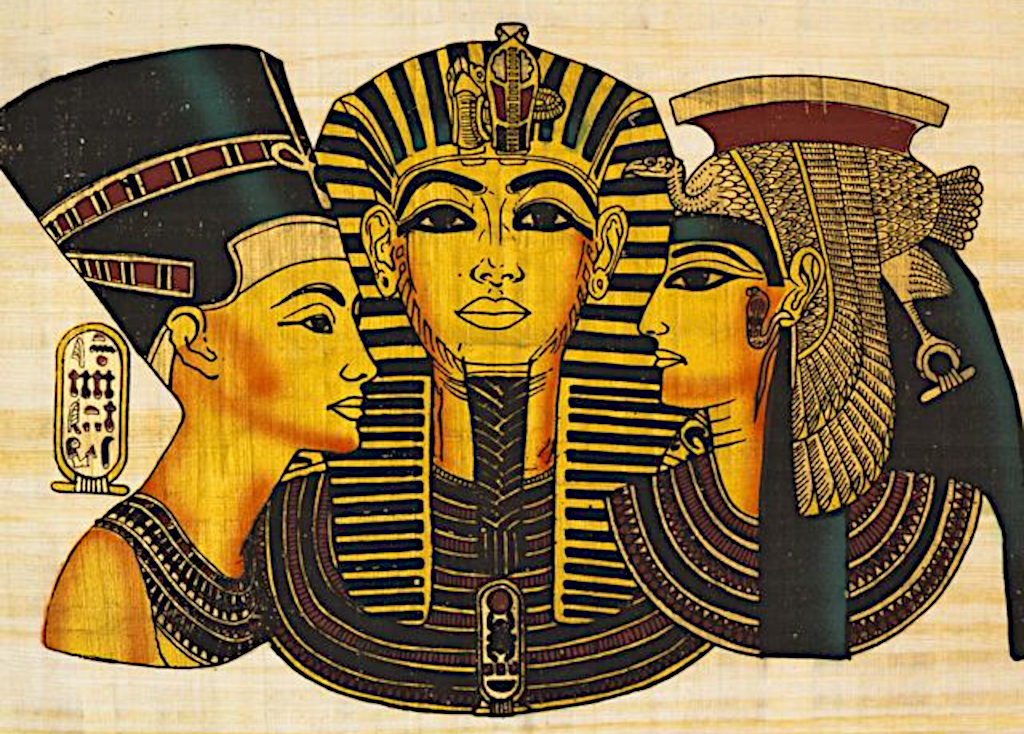
https://www.discovermagazine.com/the-sciences/will-we-ever-find-cleopatras-tomb https://www.discovermagazine.com/the-sciences/will-we-ever-find-cleopatras-tomb
|





